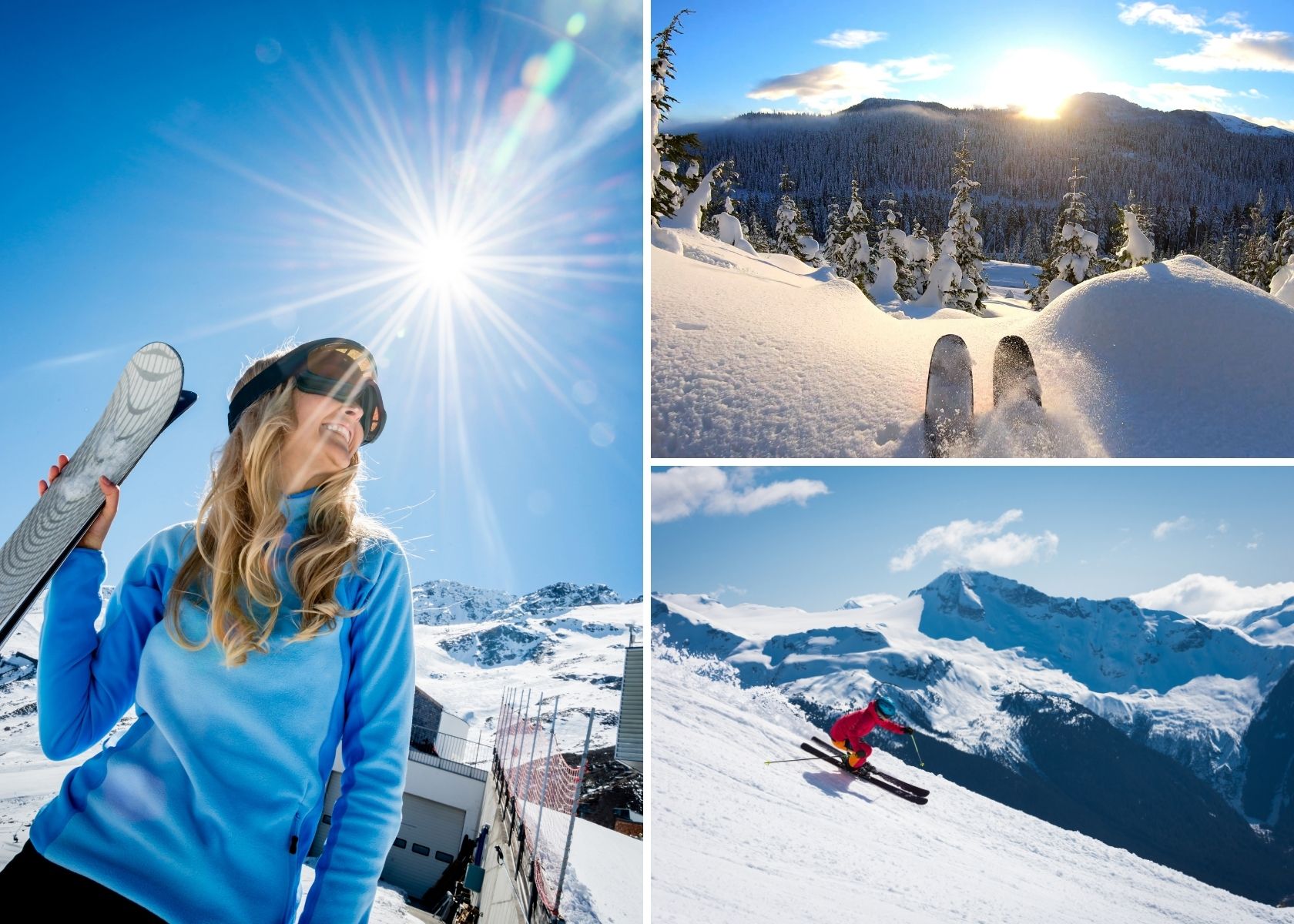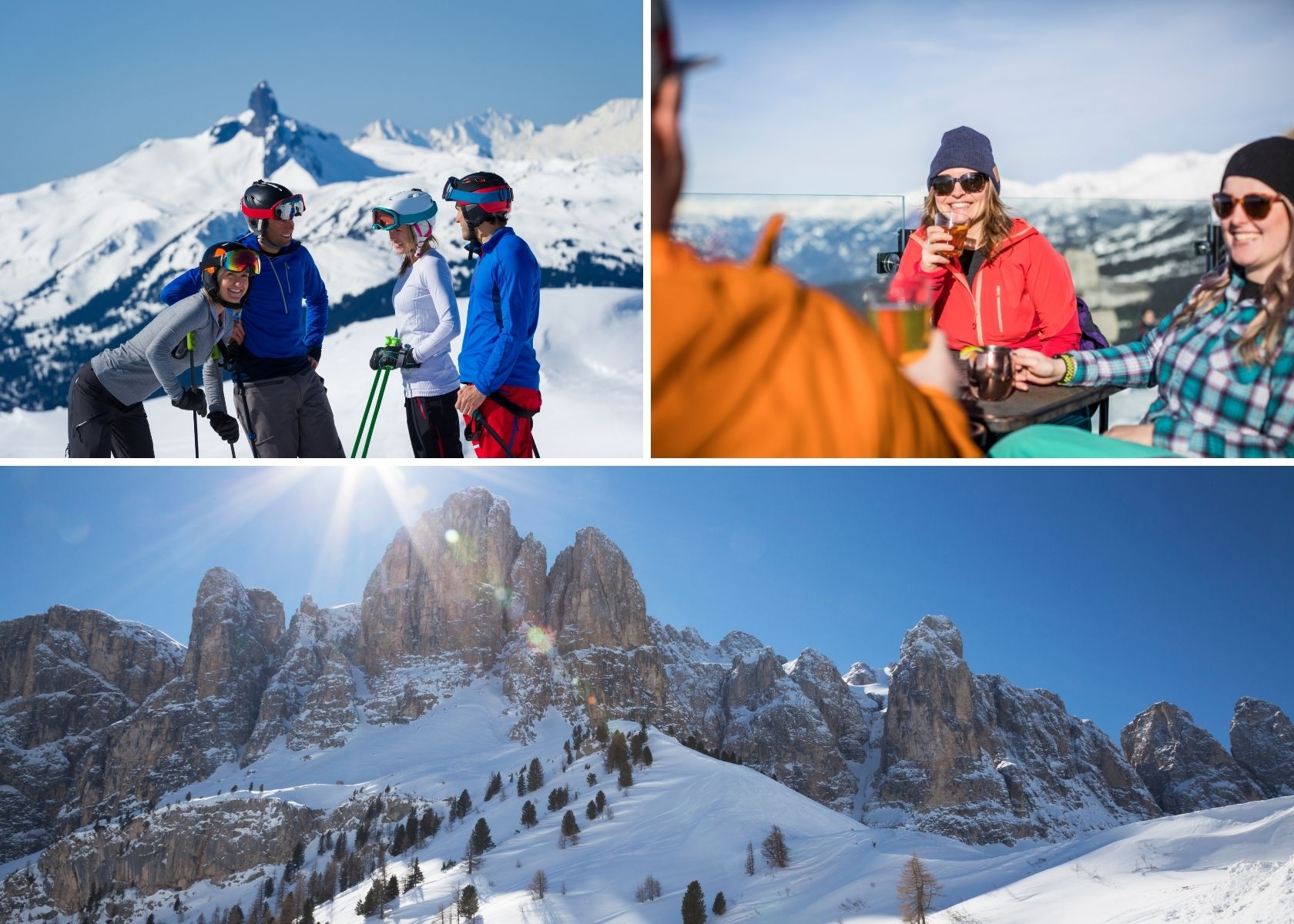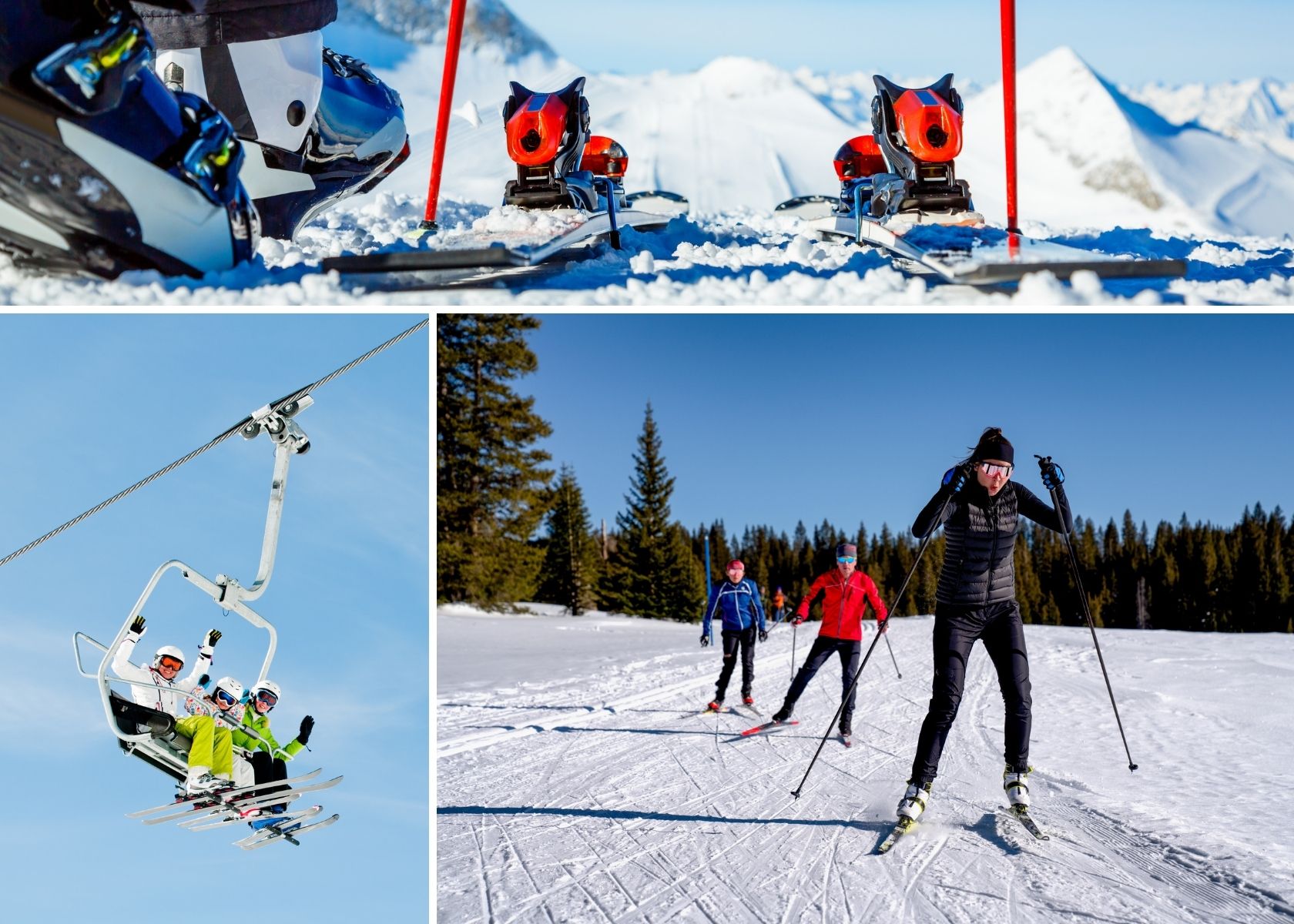Your Guide to End of Season Skiing
As the traditional ski season winds down, many assume the best days on the slopes are behind them. In reality, end of season skiing—typically from mid-March through May—offers some of the most rewarding experiences for skiers and snowboarders of all abilities. From quieter pistes and longer days to unbeatable deals and vibrant après-ski scenes, late-season skiing is a hidden gem waiting to be discovered.
When Does the Ski Season End?
The end of the ski season varies by region, altitude, and weather conditions. In most European resorts, the season runs from early December to mid or late April, with high-altitude and glacier resorts often staying open into May. For example, in the Alps, many resorts close in April, but places like Val Thorens, Tignes, and Zermatt can offer skiing well into May due to their elevation and glacier access. Nordic ski areas and select North American destinations, such as Whistler in Canada, may also provide excellent spring skiing thanks to colder climates and heavy early-season snowfall.
Key factors influencing season end:
- Altitude: Higher resorts retain snow longer.
- Glacier Access: Resorts with glaciers, like Tignes and Zermatt, often extend their seasons.
- Geography: Northern and Nordic regions typically have later closing dates.
- Weather Patterns: Heavy early-season snowfall can prolong the season, while warm springs may shorten it.
Why Choose End of Season Skiing?
Lower Costs and Great Deals
Late March onwards is generally considered low season, which means you can find significant savings on accommodation, lift passes, and travel—especially if you avoid the Easter holidays. Resorts and travel companies often offer last-minute deals to fill remaining capacity, making it an ideal time for budget-conscious skiers.
Longer, Sunnier Days
Spring brings extended daylight hours, allowing for more time on the slopes and the chance to enjoy sun-drenched mountain terraces for lunch or après-ski. The warmer weather also means you can ski in lighter clothing and enjoy outdoor activities beyond skiing, such as hiking or swimming in heated pools.
Quieter Slopes and Lifts
With fewer crowds, you’ll spend less time queuing and more time skiing. Lifts often stay open longer, and the atmosphere is noticeably more relaxed. This is perfect for those who prefer a laid-back holiday and want to maximise their time on the mountain without the hustle and bustle of peak season.
Ideal for Beginners
Warmer temperatures mean softer, more forgiving snow—perfect for those learning to ski or snowboard. Falls are less daunting, and the milder weather makes lessons more enjoyable. Ski schools are less busy, so you may receive more personalised instruction.
Unmissable Après-Ski and Events
Many resorts celebrate the end of the season with lively parties, music festivals, and unique events like pond skimming, making for a memorable trip both on and off the slopes. These events are a highlight of spring skiing and offer a festive atmosphere that’s hard to match at other times of the year.
Where Are the Best Resorts for End of Season Skiing?
Choosing the right resort is crucial for late-season skiing. High-altitude destinations and those with glacier access are your best bet for reliable snow. Here are some of the top picks:
| Resort | Country | Key Features |
|---|---|---|
| Val Thorens | France | Europe’s highest resort, extensive terrain, long season |
| Tignes/Val d’Isère | France | Glacier skiing, reliable late snow, varied runs |
| Zermatt | Switzerland | High-altitude, glacier access, iconic views, long season |
| Saas-Fee | Switzerland | Family-friendly, north-facing slopes, snow-sure7 |
| Cervinia | Italy | Linked to Zermatt, high pistes, glacier access |
| Obergurgl | Austria | Reliable late snow, quieter atmosphere, high altitude |
| Ischgl | Austria | Snow-sure, vibrant après-ski, extensive terrain |
| Les Arcs | France | High-altitude, glacier, varied terrain8 |
| Whistler | Canada | Spring skiing, varied terrain, long season |
| Niseko | Japan | Deep snow, unique culture, late season powder10 |
What to Pack for End of Season Skiing
Packing for spring skiing requires a different approach than the depths of winter. Temperatures can fluctuate dramatically, so versatility is key. Here’s what you’ll need:
- Lightweight Base Layers: Opt for moisture-wicking merino or synthetic fabrics to keep you dry and comfortable as temperatures fluctuate. Avoid cotton, as it retains moisture and can leave you feeling cold.
- Shell or Water-Resistant Jacket: Ditch the heavy ski jacket for a breathable shell or mid-layer with a durable water repellent (DWR) coating. GORE-TEX is a top choice for weather protection.
- Sunglasses and Goggles: Goggles for the slopes, sunglasses for resort strolls and terrace lunches—both are essential to protect your eyes from intense spring sun and glare.
- High SPF Sunscreen and Lip Balm: The sun’s rays are stronger at altitude and reflect off the snow, so apply SPF 30+ regularly and don’t forget your lips.
- Buff or Neck Gaiter: Versatile for warmth in the morning and sun protection in the afternoon.
- Layering Options: Pack a mix of mid-layers, hoodies, and t-shirts for changing conditions. Fleece or wool mid-layers are ideal for warmth and breathability.
- Standard Ski Gear: Helmet, gloves, ski socks, ski trousers, and all your usual equipment. Don’t forget hand warmers and glove liners for chilly mornings.
- Après-Ski Clothing: Bring comfortable clothes for evenings, including a warm hat and boots for walking around the resort.
- Swimwear: Many resorts have outdoor pools or spas, perfect for relaxing after a day on the slopes.
Top Tips for Making the Most of Your End of Season Ski Trip
- Start Early: Snow is firmer and less slushy in the morning. Hit the slopes first thing for the best conditions. As the day warms up, snow can become softer, especially on lower or south-facing slopes.
- Follow the Sun: Begin on east-facing runs and move to higher or north-facing slopes as the day progresses. This strategy helps you find the best snow throughout the day.
- Stay Hydrated: Warmer weather and increased activity mean you’ll need to drink more water. Carry a reusable water bottle and take regular breaks.
- Embrace the Après: Take advantage of the lively spring events and outdoor parties unique to this time of year. Many resorts host music festivals, pond skimming, and themed parties to celebrate the season’s end.
- Try New Activities: From al fresco dining to outdoor swimming pools, spring in the mountains offers more than just skiing. Explore hiking trails, mountain biking, or simply relax on a sun terrace.
- Check Snow Reports: Conditions can change quickly in spring. Monitor resort snow reports and weather forecasts to plan your days for the best experiences.
- Protect Your Skin: The combination of altitude and sun reflection off the snow increases the risk of sunburn. Apply sunscreen frequently and wear UV-protective eyewear.
Ski Lingo to Know for Spring
- Slush: Wet, soft snow common in the afternoons during spring, especially on lower slopes.
- Bluebird Day: A clear, sunny day—perfect for spring skiing.
- Après-Ski: Social activities and entertainment after a day on the slopes.
- Tracked Out: When fresh snow has been skied over and is no longer untouched.
- Groomers: Smooth, machine-groomed runs, often best early in the day.
- Spring Corn: Granular snow that forms during freeze-thaw cycles, offering excellent skiing when timed right.
- Pond Skimming: A spring event where skiers and snowboarders attempt to cross a pool of water, often in costume.
End of season skiing is a fantastic way to extend your time on the slopes, enjoy great value, and experience the mountains in a new light. With the right preparation and destination, you’ll discover why so many skiers consider spring their favourite time to hit the snow. From sun-drenched terraces and lively après-ski to reliable snow at high-altitude resorts, late-season skiing offers something for everyone. Ready to plan your late-season adventure? Explore expert advice and gear recommendations at Snow+Rock for everything you need to make your end of season ski trip unforgettable
FAQs
Mid-March to early May, depending on the resort’s altitude and location. High-altitude and glacier resorts offer the longest seasons.
High-altitude and glacier resorts almost always have good snow late into the season. Lower resorts may have patchier coverage, especially on south-facing slopes, but snowmaking technology helps maintain piste quality.
Yes, many ski resorts celebrate the end of the season with special events, parties, and festivals. These can include live music, themed après-ski gatherings, pond skimming competitions, and other unique festivities that mark the close of the winter season.
High-altitude and glacier resorts tend to have the latest closing dates. In Europe, places like Val Thorens, Tignes, and Zermatt often stay open into early May. In North America, some resorts with high elevation or north-facing slopes can also extend their seasons, sometimes into June or even later, depending on snow conditions.
Immediately after the season ends, resorts begin dismantling safety equipment, piste markings, and barriers. Once the snow melts, staff clean the slopes, removing any rubbish or lost items. The area is then prepared for summer activities, and equipment like snow groomers is stored until the next season.
Related articles

Let us know you agree to cookies
We use marketing, analytical and functional cookies as well as similar technologies to give you the best experience. Third parties, including social media platforms, often place tracking cookies on our site to show you personalised adverts outside of our website.
We store your cookie preferences for two years and you can edit your preferences via ‘manage cookies’ or through the cookie policy at the bottom of every page. For more information, please see our cookie policy.





